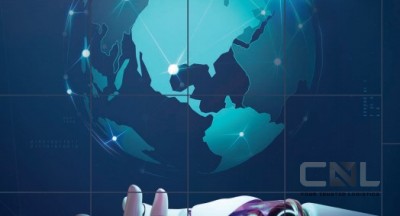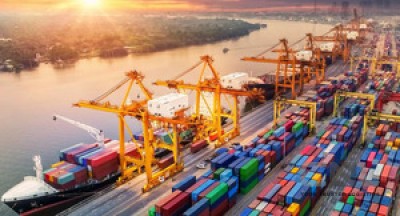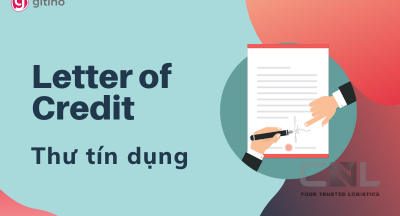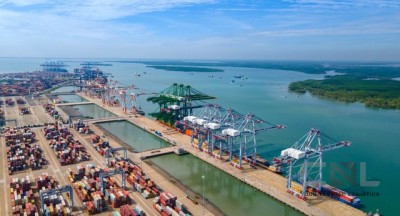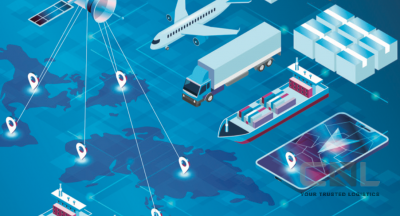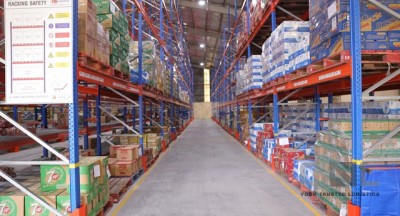Despite its great potential for growth, poor transport infrastructure and high costs are holding back the logistics industry, insiders said.

Panelists speak at the Việt Nam Logistics Transformation forum in HCM City on Wednesday. VNA/VNS Photo
HCM CITY — Despite its great potential for growth, poor transport infrastructure and high costs are holding back the logistics industry, insiders said.A young and growing population of around 100 million people, stable and supportive Government policies, extensive trade agreements with other countries, and favourable trends in manufacturing, exports and domestic consumption were driving logistics services, Chih Cheung, founding managing partner at SLP Vietnam, said.
Logistics costs represented 20 per cent of GDP in Việt Nam while it was 7-9 per cent in mature markets, he told the Việt Nam Logistics Transformation forum held in HCM City on Wednesday.
Việt Nam ranks 11th out of 50 countries in the 2022 Emerging Market Logistics Index released by logistics and freight provider Agility.
Việt Nam’s freight and logistics market is expected to grow at a compounded annual growth rate of 5.5 per cent in 2022 – 2027.
Its economy has posted a strong recovery this year, growing at 8.93 per cent in the first nine months.
Its foreign trade was worth US$557 billion in the period, representing a large freight and logistics market.
A total of 30,000 logistics companies operate in the country, of which Vietnamese small- and medium-sized ones account for 89 per cent, joint-venture companies for 10 per cent and foreign companies for 1 per cent.
Đào Trọng Khoa, deputy chairman of the Việt Nam Logistics Business Association, said the logistics industry was benefiting from free trade agreements and the rapid growth of e-commerce.
E-Logistics had leveraged the efficiency of logistics services, he said.
However, the country’s logistics landscape was still fragmented and a master plan to attract investment and develop infrastructure to fully tap its potential was urgently required, he said.
Most domestic businesses were small or medium-sized with limited capital, technology and automation, and face fierce competition from foreign companies.
They only had a 30 per cent market share with the remaining 70 per cent held by foreign businesses, he said.
But domestic businesses were increasingly investing in infrastructure, modern warehousing and technology to increase their market share, he added. —VNS
vietnamnews.vn


